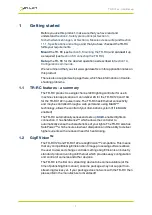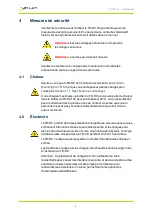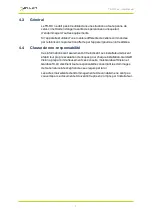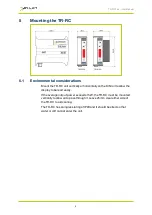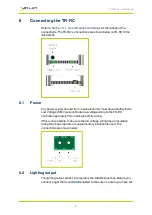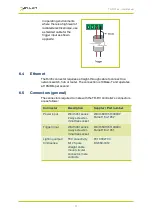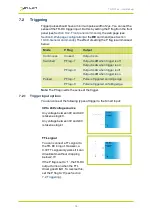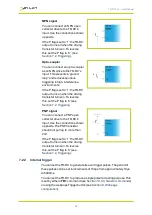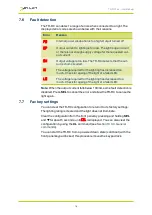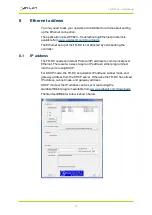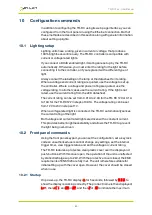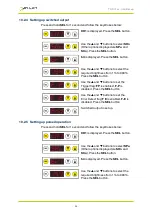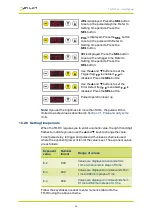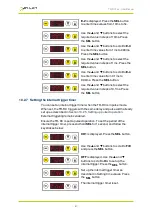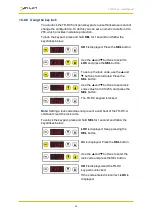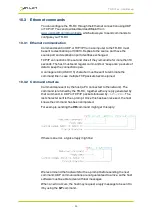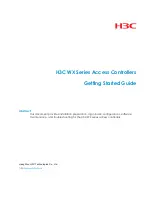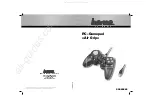
TR-RC1xx - User Manual
7.3
SafeSense
The SafeSense feature of the TR-RC operates automatically. After setting
the rating for the light, the TR-RC senses the light on connection for its
type and characteristics. The unit does not need to sense the light again
unless the light has changed or the TR-RC has been power-cycled.
For further information on this feature, see the application note, APP936 –
SafeSense Technology, available from
7.4
SafePower
The TR-RC’s SafePower needs no intervention from the user for its
operation. The advantages of SafePower are:
Heat dissipation in the controller is very low
The load voltage can be higher than the supply voltage
High continuous currents can be output with a reduced need for heat-
sinking
For further information on this feature, see the application note, APP966 –
SafePower Technology, available from
7.5
Flags
You can set flags on the TR-RC controller to alter its operation. They can
be set from the unit’s front panel, the webpage or through the
RE
command (see
Section 10.3.3, General commands
). The following
configuration flags are available:
E Flag
– Enables or disables fault detection. Error checking is enabled as
the default setting.
P Flag
– Sets the trigger input active high or active low. The default setting
is active high. Refer to
Section 7.2.1, Trigger input options
for a detailed
description of the settings.
S Flag
– Sets the SafeSense feature of the TR-RC. When cleared it
removes the SafeSense light detection and the controller assumes a light
is connected. The default setting is for SafeSense to be enabled. This flag
cannot be used when the light is set according to its voltage rating. The
S flag cannot be changed from the TR-RC’s front panel.
—
15
—

